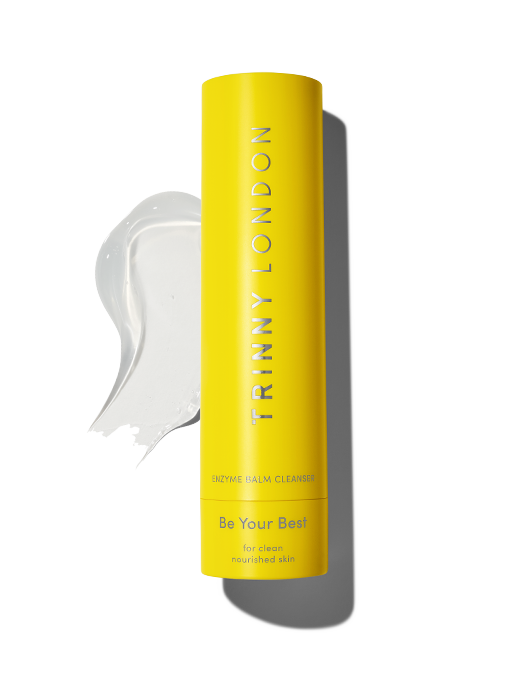
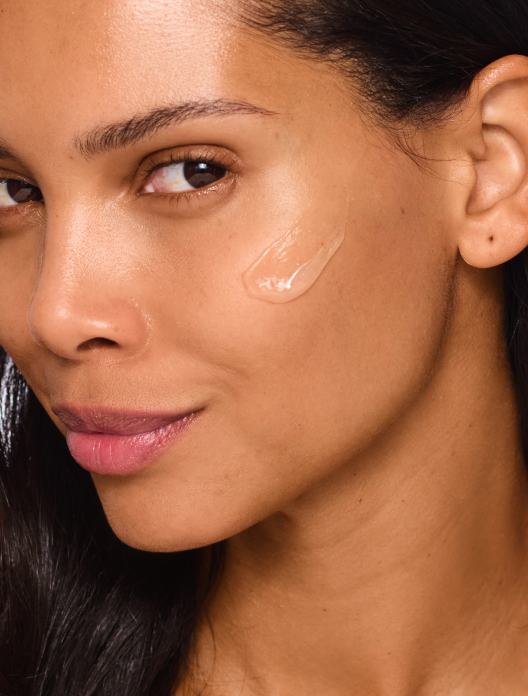
Be Your Best
Oil-based transforming cleanser for clean, nourished skin, suitable for all skin types
EU free standard delivery on orders over €150

That being said, the older you get, the more likely you are to appreciate the benefits of a really great cleanse with a proper cleanser. What is cleanser? It's a product designed to remove dirt from your skin, and it's benefits are two-fold. First, there’s the fact that as we age, our skin is less able to bounce back. No more sleeping in your makeup and swerving the consequences – this overnight debris shows itself in the form of dullness and blemishes. Secondly, cleansing your skin is a gorgeous ritual to bookend your day with. It sets the tone for your morning, and gives you a me-time moment to decompress and mull over the day before bedtime.
Cleansing is the foundation on which the rest of your routine is built. Think of it like putting together an outfit. If your underwear is ill-fitting, then the clothes you layer on top won’t hang properly. Starting from the base up is always a good approach, and the following advice will help take washing your face from routine to ritual.
If you wear makeup or SPF during the day, a single cleanse won’t be enough to remove them from your skin. Start your double cleanse first with an oil-based balm cleanser to melt away the day, using a cloth to really get into the nooks and crannies of your face. Once the path is clear, go in with a gel cleanser to give your pores a good clear out.
The skin around your eyes is extra delicate, so think of cleansing the eye area like caring for a piece of silk. Too much rubbing and you’ll run the risk of redness, irritation and even creating fine lines. Work in gentle, sweeping motions instead. Also, don’t assume that all cleansers are suitable for the eye area. Check the instructions on the pack to be sure.
Be honest, when was the last time you actively cleansed the front of your neck – or the back of it for that matter? Our necks can quickly develop those tree bark-style rings around them where product has collected in the creases, especially if you’re a fan of take tan. The skin is also thinner here, with less collagen to support its structure, meaning it can show signs of ageing ahead of your face. The best (and easiest ) thing you can do for this delicate skin is to incorporate it into your facial skincare routine. That means cleansing from forehead to decolletage, and following the same path with the rest of your skincare.
As we travel down the path of life, the structure of our skin begins to change. Take the time to massage in your cleanser, working in upwards motions to discourage sagging. Manipulating and applying pressure to your skin will also increase oxygen and blood flow to the area for an instant glow. Win-win.
Not all cleansers are created equal, and the consistency and the ingredients really matter. If your skin is on the oily or combination side, there’s a tendency to gravitate towards foaming washes with stripping ingredients to whisk away oil. These are often too harsh for the skin, leaving it tight, dehydrated and considerably less comfortable than when you started using it. Instead look for a cleanser that gives back to the skin, instead of just taking away. Balm or oil-based cleansers are brilliant for dry skin, helping to nourish the skin at the same time as persuading away grime.
Bacteria thrive in warm, moist environments, which is why bathrooms are such a hot-bed for mould. So, if you have been making a habit of leaving your face cloth to dry on the side of the sink, you might want to re-think. To keep your facial or muslin cloth at it’s best, and to avoid transferring yesterday’s grime back onto your face, wash daily and dry properly. In an ideal world, it’s a good idea to have a collection of seven cloths, one for every day of the week, so you can wash them all in bulk.
The order in which you apply your skincare is not always obvious, which leads to the quandary of whether you should exfoliate before cleanser or after. Before we get into that, it is worth noting that there are a number of ways you can exfoliate your skin to reduce redundant skin cells on the surface of your complexion. There’s enzyme exfoliation, where enzymes nibble away at the bonds that hold these no-longer needed cells in place, manual exfoliation, like muslin cloths and scrubs, which physically dislodge them and liquid exfoliation, where ingredients like alpha-hydroxy acids break down the bonds.
In all cases, it is always best to cleanse your skin before exfoliating. If not, you’re simply using a scrub to drive daily grime into the skin, or wasting your liquid exfoliant as it won’t be able to access the skin when barred by a blockade of makeup and SPF. The exceptions come only in the case of muslin cloths, which form part of a cleansing routine, or if your cleanser contains enzymes or liquid exfoliants.
Cleanser is a wash-off product so shouldn’t be left on the skin for any longer than the time it takes to apply, lather, massage and rinse off. Leaving it on your skin for any longer won’t have any additional benefits, but can, in some cases, drive irritation. If you want to leave your cleanser on for longer, consider why. Is it because your skin feels congested, and you want to unclog your pores? Or maybe it’s thirsty and tight, and you’re loath to rinse away the nourishing texture? Both of these would be better dealt with by skincare in the rest of your routine. For congestion, consider incorporating beta-hydroxy acids and retinal to your routine, or hyaluronic acid and nourishing lipids for dryness and dehydration.
Shop the article


Oil-based transforming cleanser for clean, nourished skin, suitable for all skin types
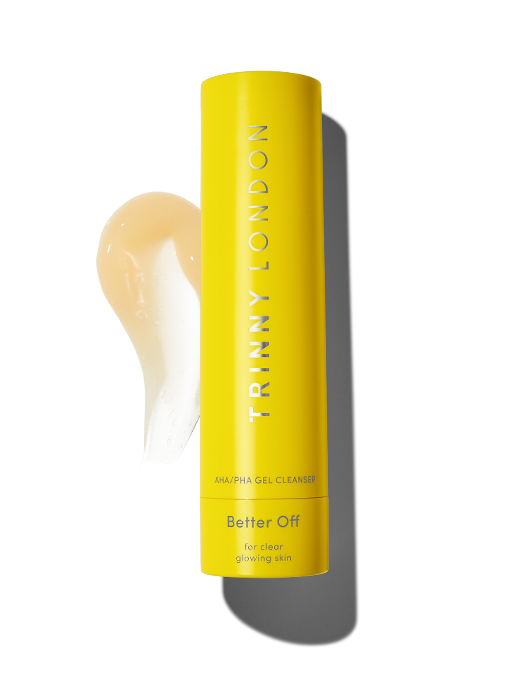
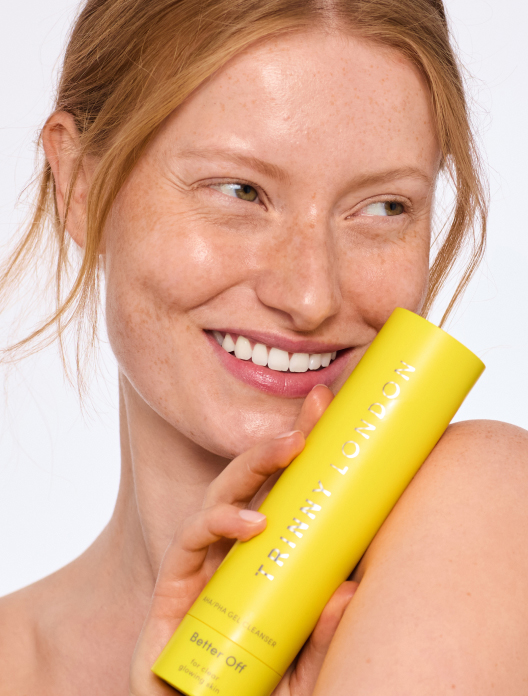
Exfoliating gel cleanser for clear, glowing skin, suitable for all skin types
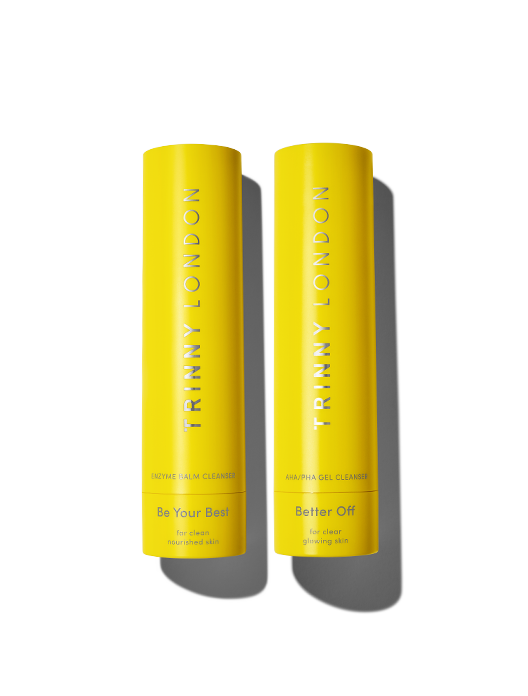
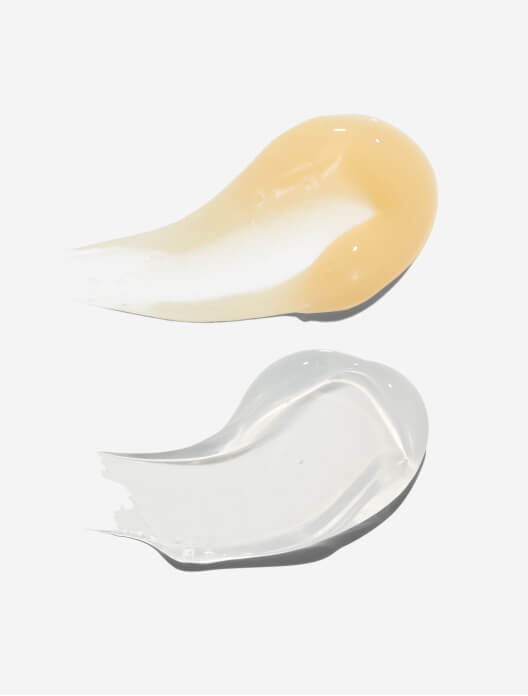
The ultimate deep clean for all skin types. Enzyme balm cleanser & AHA/PHA gel cleanser


Pure cotton muslin cloths for a really deep clean
Read, watch and be inspired...